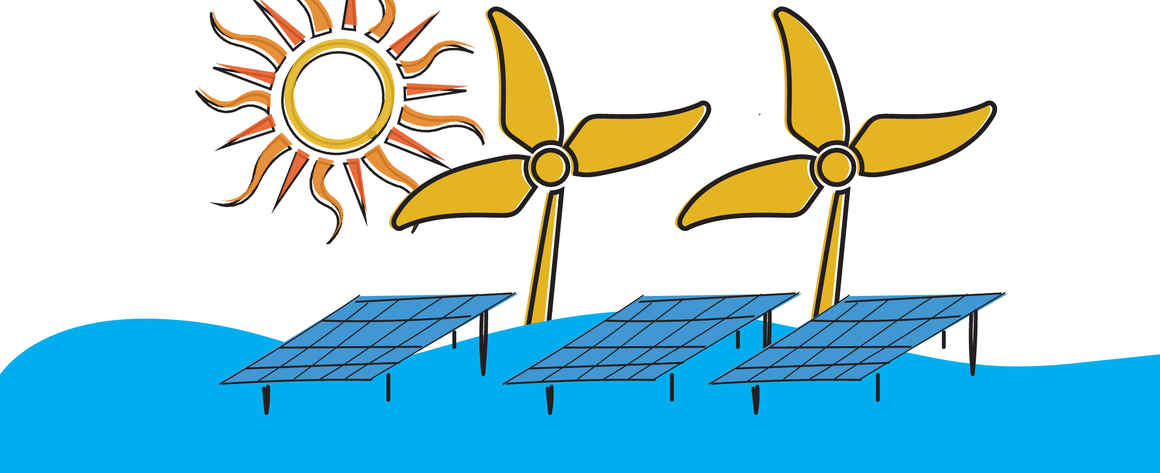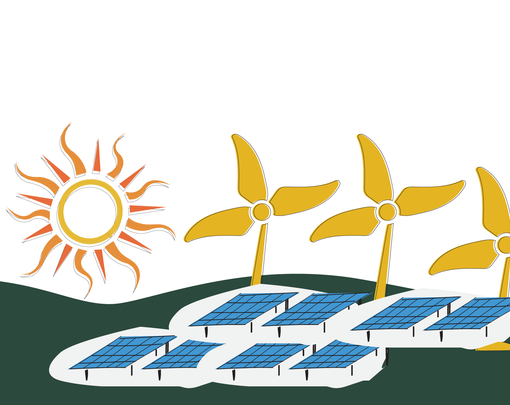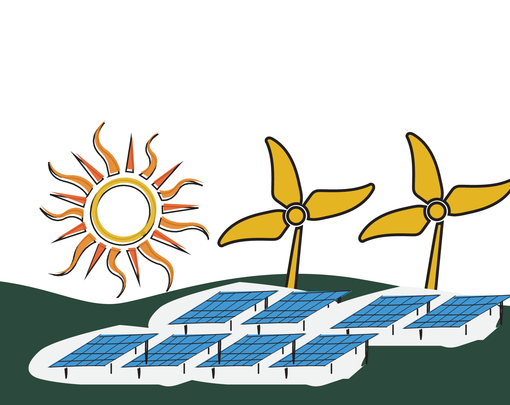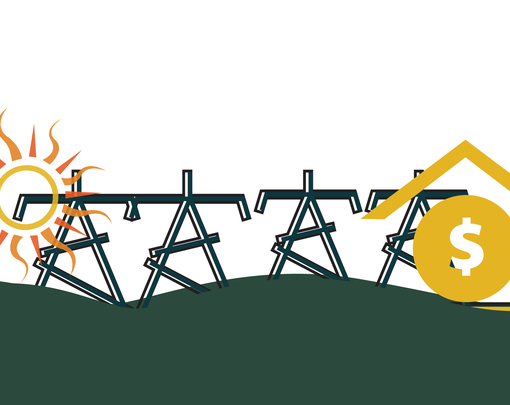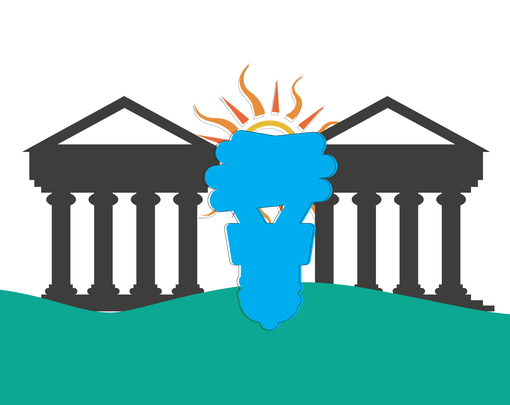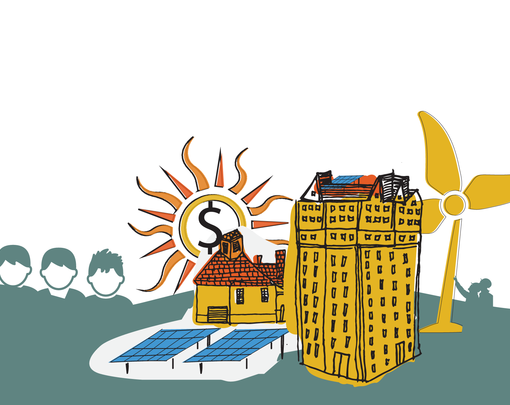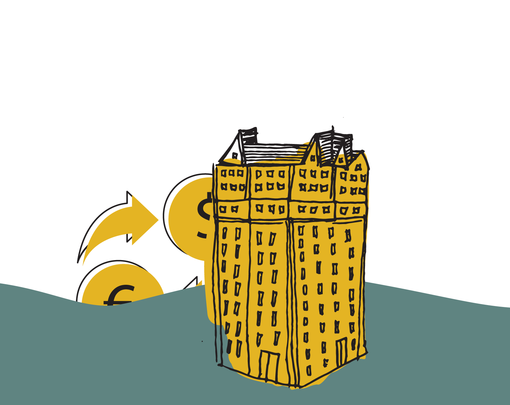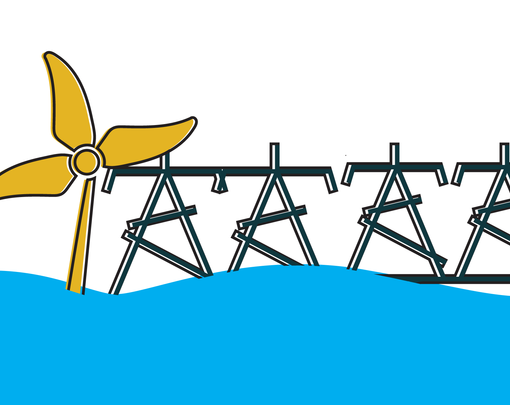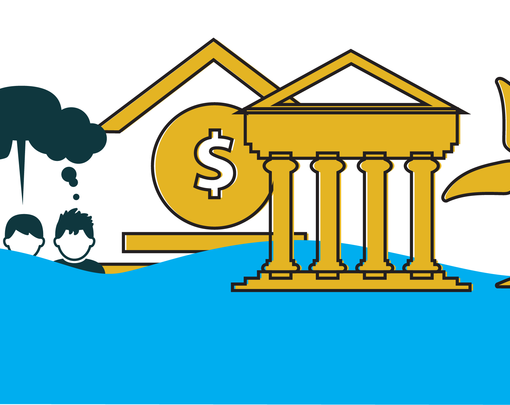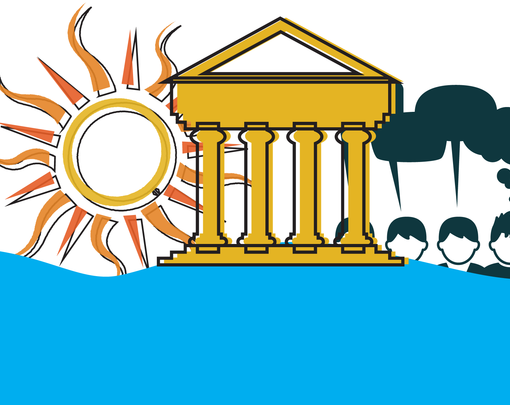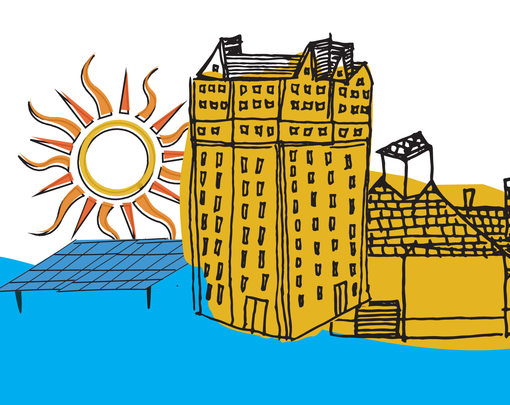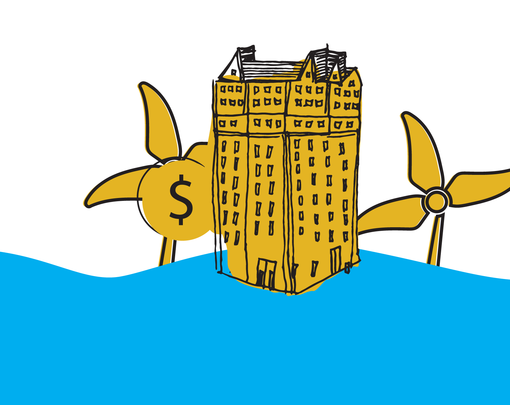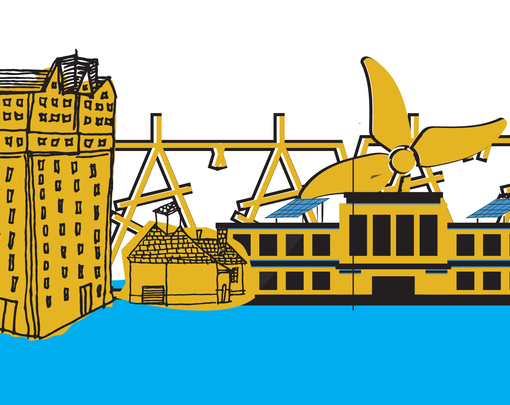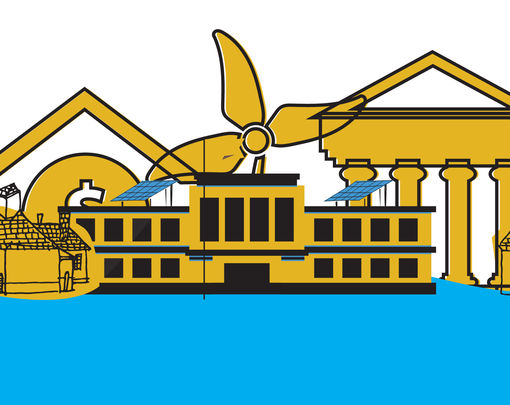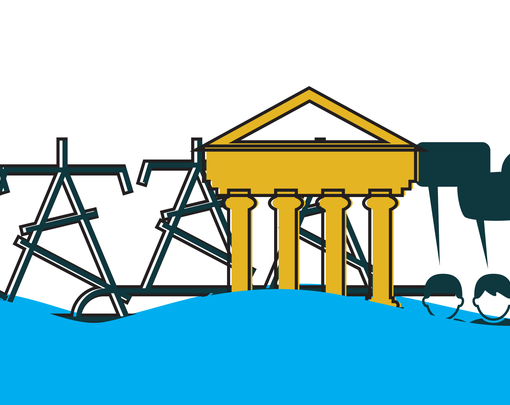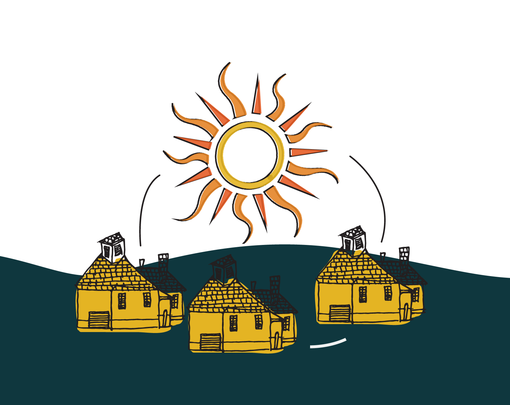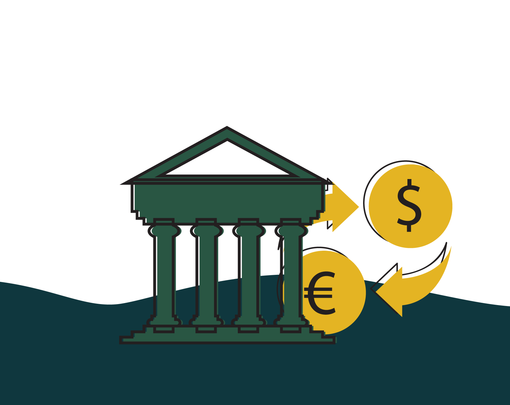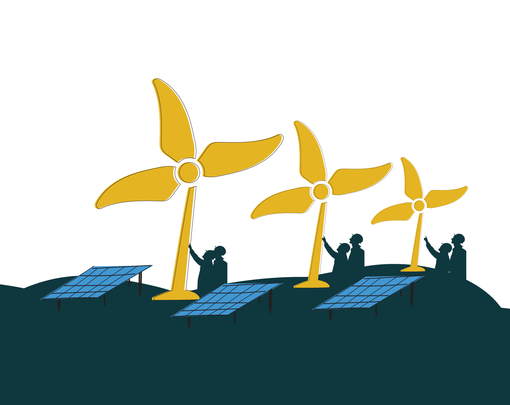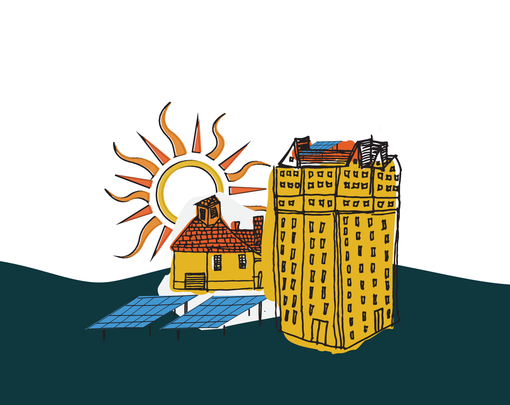Mandates that utilities generate or acquire a specified percentage of their electricity production from renewable energy sources within a given timeframe.
Policy Support:
A distributed generation set-aside further specifies that some proportion of the renewable energybe in the form of distributed generation as determined by the size of the facility.
Build Capacity?
Possibly. Ambitious RPS, like California’s, which mandates a 50%renewable target by 2030, can create astable long-term context for the creation of capacity for renewable energy generation. Specific set-asides for distributed generation can provide a key incentive to align other elements of the transmission network or regulatory system with distributed ownership and community control.
Risk & Drawbacks?
The definition of “renewable” matters: in Maryland, for instance, the statewide RPS includes garbage incineration. The basic mechanism of an RPS can be used by opponents of green transition, as in Wyoming, where proposed 2017 bill would essentially forbid utility scale solar or wind.
Inspiring Examples:
RPS programs currently exist in 29 states and Washington, D.C., with an expansion projected. Compliance with RPS obligations has driven more than half of the increase in renewable energy generation since 2000. RPS programs may effectively allow renewable generation to replace rather than add to fossil fuel generation, while redistributing benefits of generation from the fossil fuel sectors to the renewables sectors via jobs.
